When searching for China made custom T-shirts, customers often look for a blend of affordability, quality, and customization options. Google shows folks really care about how these shirts are made, deals for big orders, and earth-friendly fabrics. No matter if you run a small shop or a big company, you gotta find a trustworthy maker with proper certifications like GRA. We're covering all you should know about getting custom tees from China, with real stories from buyers and insider tips.
Why Choose China for Custom T-Shirts?
Cost-Effective Manufacturing
The biggest reason companies choose China made custom tees? They're cheaper. Chinese factories can charge less because they make tons of shirts and pay workers less. One US shop owner said switching to China saved them 40% on making shirts, so they could sell them cheaper.
Plus, you get better deals when ordering lots - perfect for big events or company merch. A case study from a UK-based marketing agency highlighted how they saved over £5,000 on an order of 10,000 custom printed T-shirts from China.
Quality and Material Options
Don't believe the hype - China made tees can be just as good as any others. They use nice materials too - organic cotton, bamboo, and sweat-wicking polyester. An Aussie gym brand said their China-made workout shirts got great feedback for lasting long and feeling comfy.
Many Chinese factories have legit certifications like GRA and ISO 9001, so you know they follow safety rules. These green certifications really matter if you're selling to eco-friendly shoppers in the US or Europe.
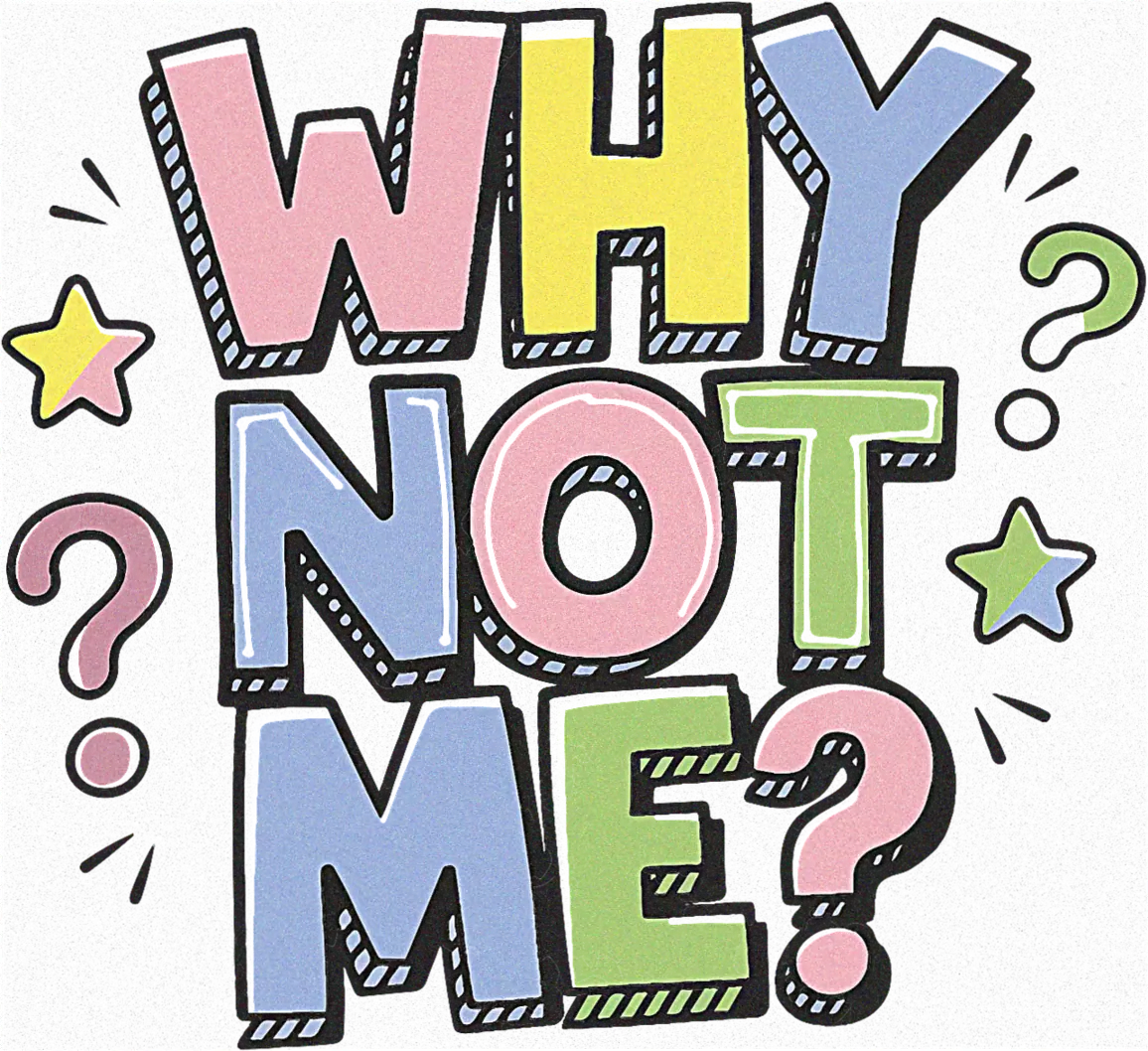
Understanding Customization Options
Printing Techniques Explained
Chinese makers do all kinds of printing - screen printing, sublimation, you name it. Screen printing's cheapest for big orders, while DTG is best for fancy colorful designs. A Canadian startup used DTG to try out designs in small batches before going big.
Sublimation's great for full-shirt prints, especially for sports and fashion brands. A German online store kept 30% more customers thanks to their unique sublimation-printed tees from China.
Design Support and MOQs
Most Chinese suppliers will help with designs - super handy if you don't have designers. In a survey, 68% of small businesses got free design help from Chinese makers. Some factories let you order just 50 shirts as samples - others want way more.
But be super clear about your design specs to avoid mix-ups. One US nonprofit got the wrong colors because they weren't specific enough - lesson learned!
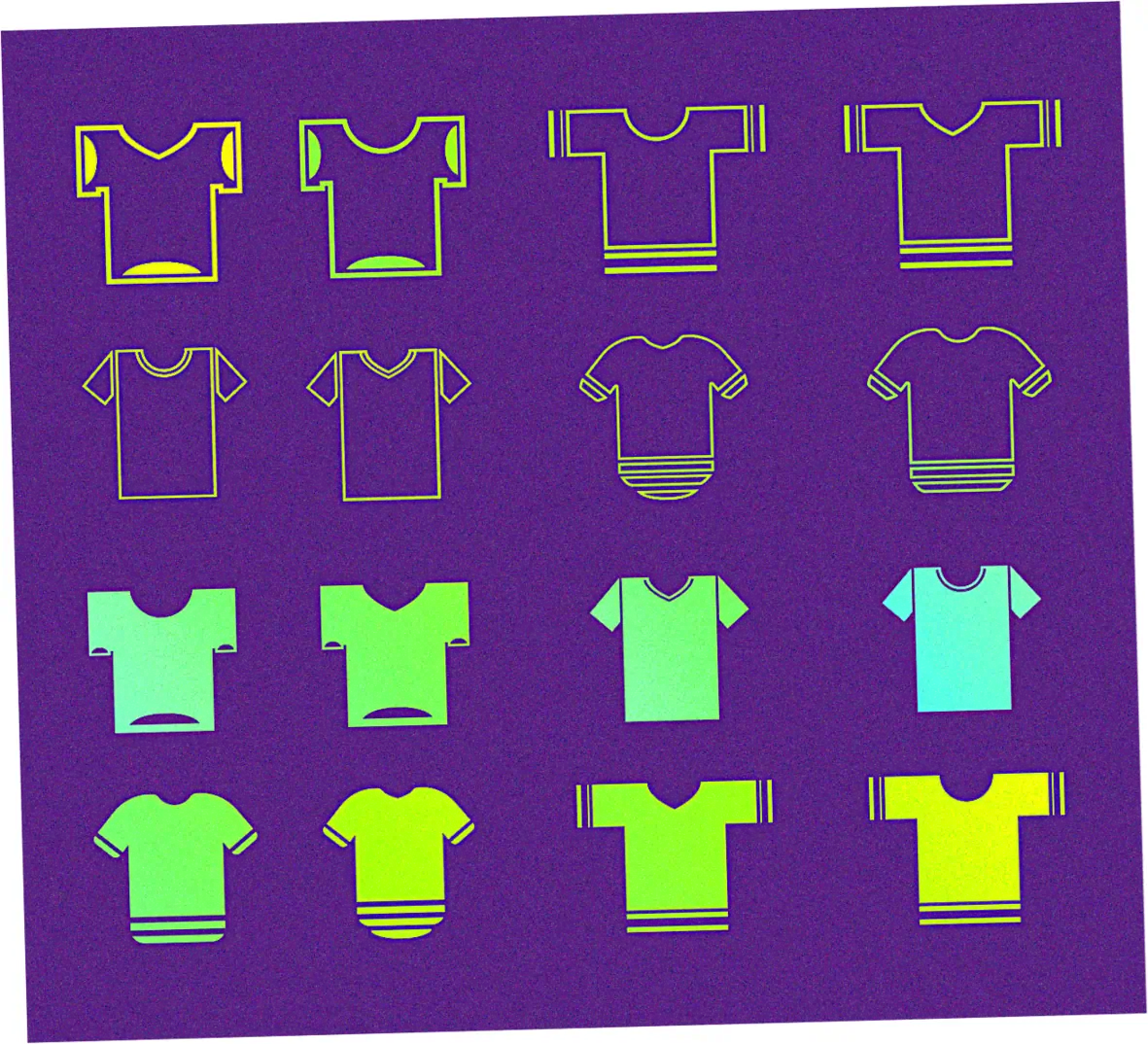
Finding Reliable Manufacturers
Vetting Suppliers Effectively
Finding good China shirt makers takes some homework. Sites like Alibaba are good starting points, but check them out properly. A French brand says always ask for factory checks and samples before big orders. They dodged a scam when visiting showed their factory was just a middleman.
Watch out for makers who won't send samples, have no certs, or prices that seem too good. A UK-based importer shared how they lost £8,000 to a supplier who disappeared after receiving a 50% deposit for custom printed T-shirts from China.
Communication Strategies
Effective communication bridges cultural and language gaps when sourcing China made custom T-shirts. Keep English simple, use pictures and numbered lists to stay clear. A Swedish shop cut mistakes by 75% using forms with pictures of where prints should go.
Pick one person to talk to and do regular video calls to catch problems early. An Aussie business saved their spring line by spotting bad fabric early on weekly Zoom calls.
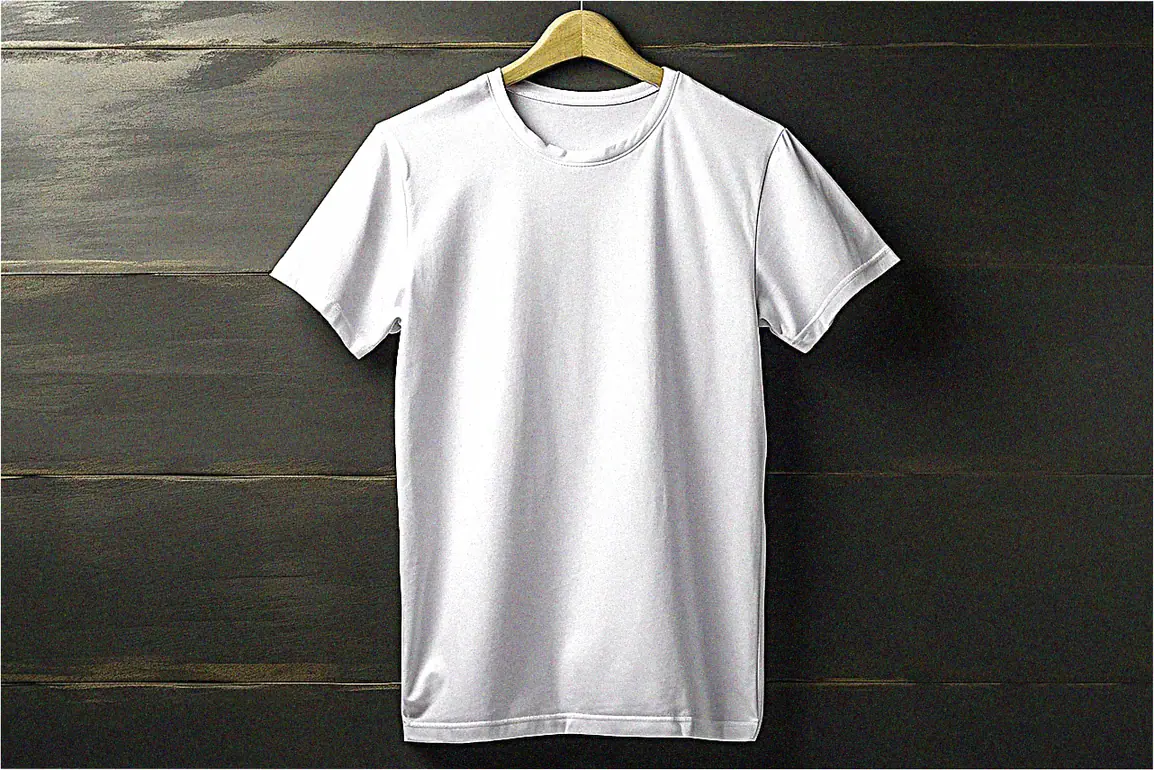
Material Selection Guide
Fabric Types and Their Uses
Choosing the right material is crucial for custom T-shirts from China. Cotton's still top choice - combed cotton feels extra soft. A Japanese street brand sold 20% more by upgrading to all combed cotton - customers noticed the quality.
Stretchy polyester mixes are getting popular for gym shirts. A California yoga studio's members were 15% happier after switching to sweat-wicking China tees. Green options like organic cotton and bamboo exist, but cost 20-30% more.
Weight and GSM Considerations
Heavier shirts (higher GSM) usually feel more premium. Most China tees weigh between 150-220 GSM. A NY agency found 180 GSM shirts were just right - durable but comfy for giveaways.
Heavier fabrics (220 GSM) work well for premium offerings, while lighter weights suit tropical climates or budget lines. A Bahamas resort saved 18% on laundry with lighter 160 GSM shirts - guests didn't notice.

Sustainable and Ethical Production
Eco-Friendly Manufacturing Trends
Sustainability is becoming a priority for buyers of China made custom T-shirts. Some Chinese makers now use earth-friendly inks, organic cotton, and recycle water. One European brand went carbon-neutral using a Chinese factory with solar power and recycled stuff.
Look for GOTS cert if you want truly green shirts. But watch out - a UK group found 30% of eco China tees weren't really certified. Always ask for proof of their green claims.
Labor Practices and Compliance
If you care about worker treatment, check factory conditions. Good factories share reports on worker treatment and allow inspections. A Canadian group made a report card system to rate Chinese factories on fair pay and safety.
Some brands now use blockchain to track their shirts whole journey. A case study from a Dutch company showed how QR codes on tags allowed customers to verify the entire production chain of their custom printed T-shirts from China, boosting sales by 40% among millennials.

Logistics and Import Considerations
Shipping Methods Compared
Navigating logistics is critical when ordering China made custom T-shirts. Air is fast (2-5 days) for small orders, sea is cheap but slow (30-45 days) for big shipments. A Chicago store cut shipping costs 22% by mixing air and sea wisely.
Many makers now handle customs for you (DDP service). But watch for hidden fees - get everything in writing first. EU buyers - look for makers with stock already in Europe to skip VAT hassles.
Customs and Tariffs
Import regulations vary significantly for custom T-shirts from China. US charges 16.5% tax on cotton shirts, UK rules changed after Brexit. A NY import lawyer says add 25-30% to your budget for taxes and fees.
Don't forget proper labels! An Australian brand faced a $15,000 fine for missing care instruction labels on their China made custom T-shirts. A good shipping agent who knows clothes can save you from pricey errors.

Pricing Structures and Negotiation
Understanding Cost Components
China tee prices include fabric, workers, printing, and other costs. One Shenzhen factory's costs: 40% fabric, 30% workers, 20% printing, 10% profit. Know this to bargain better. A Paris shop saved 12% choosing thinner fabric once they knew the cost breakdown.
Bulk discounts typically kick in at 500 pieces, with another price drop at 5,000 units. A university in Texas shared how combining orders with other departments secured a 18% discount on 8,000 custom printed T-shirts from China for their orientation week.
Effective Negotiation Tactics
Successful negotiation for custom T-shirts from China requires preparation and relationship-building. A seasoned importer recommends always requesting quotes from 3-5 suppliers to establish market rates. Building long-term relationships yields better results than aggressive haggling—a London-based brand achieved 15% lower prices in their third year with the same supplier through trust and consistent orders.
Payment terms are equally negotiable. While 30% deposit is standard, some factories accept 20% for repeat customers. A case study from a Canadian charity showed how extended payment terms (50% at shipment, 50% 30 days later) helped their cash flow when ordering 10,000 China made custom T-shirts for a fundraising campaign.

Quality Control Measures
Pre-Shipment Inspections
Implementing robust QC for China made custom T-shirts prevents costly defects. Professional inspection services check for stitching quality, print alignment, and color accuracy. A Los Angeles brand shared how a $300 inspection fee caught misprinted labels on 2,000 shirts, saving $8,000 in potential returns.
Creating a detailed QC checklist is essential. Common points include: seam strength (should withstand 15 lbs of pressure), color fastness (4 on the gray scale), and print durability (50 washes). A Miami-based retailer reduced returns by 60% after implementing such checks for their custom T-shirts from China.
Sample Approval Process
The sample stage is critical when ordering China made custom T-shirts. Always approve a production sample (not just a prototype) before full manufacturing. A Seattle startup learned this the hard way when their bulk order differed significantly from the initial sample, resulting in $12,000 of unusable inventory.
Digital tools like color-matching apps can standardize approvals. A Barcelona designer uses Pantone's smartphone app to verify colors against physical samples, achieving 98% accuracy in color reproduction for their custom printed T-shirts from China.
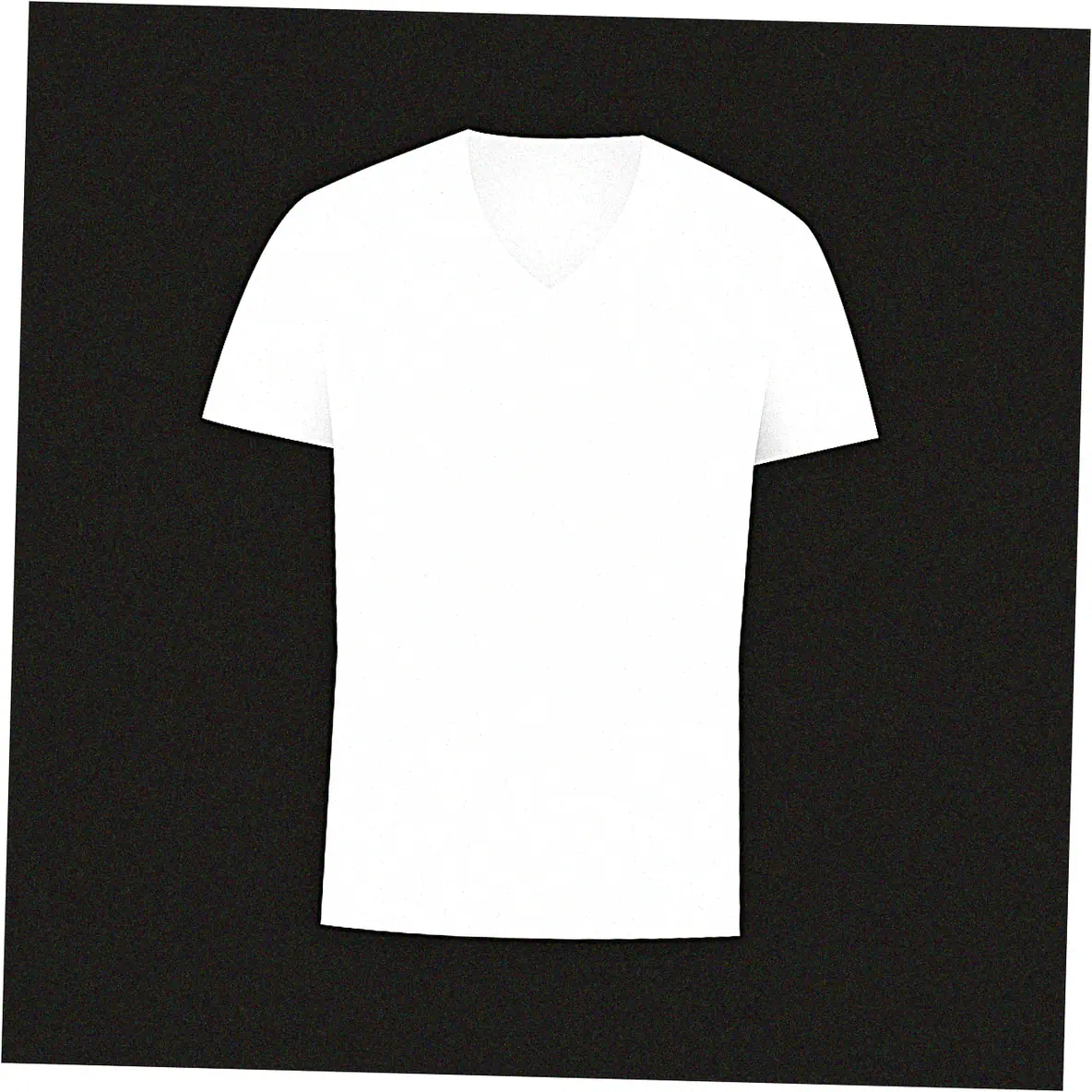
Marketing Your Custom T-Shirts
Branding Strategies That Work
Successfully marketing China made custom T-shirts requires differentiating your brand. Limited edition drops create urgency—a Tokyo streetwear label sells out within hours by releasing only 100 pieces of each design. Storytelling also resonates; a Portland company highlights their shirts journey from organic cotton farms to ethical factories.
Packaging enhances perceived value. A case study from a UK brand showed that using recycled mailers with seed paper tags increased repeat purchases by 35% for their custom T-shirts from China. Including care instructions and branding in packaging creates a premium unboxing experience.
Photography and Presentation
High-quality visuals are essential for selling China made custom T-shirts online. Lifestyle shots outperform plain product images—a Sydney-based e-commerce store saw a 40% conversion increase after showing their shirts in real-world settings. Video content showing fabric stretch and drape builds trust.
Consistent color representation is challenging but crucial. A New Zealand brand invested in a color-calibrated monitor and lighting setup, reducing product return rates from 12% to 3% for their custom printed T-shirts from China. User-generated content from happy customers provides authentic social proof.

Future Trends in Custom Apparel
Technological Advancements
The future of China made custom T-shirts includes smart manufacturing. Some factories now offer AI-assisted design tools that suggest optimal print placements based on body scans. A Berlin startup uses this technology to offer perfectly fitted shirts, reducing returns by 25%.
3D sampling is reducing waste—brands can approve virtual samples before physical production. A case study from a Shanghai factory showed how implementing 3D sampling saved 200 kg of fabric monthly in their custom T-shirts from China operations. Digital twinning allows for real-time production monitoring from overseas.
Changing Consumer Preferences
Demand for hyper-personalized China made custom T-shirts is growing. A US survey revealed 68% of millennials would pay 20% more for unique designs. Some Chinese manufacturers now offer on-demand printing with 48-hour turnaround for small batches.
Sustainability expectations continue rising. By 2025, 45% of European buyers may require carbon footprint labels on apparel. Forward-thinking Chinese suppliers are investing in renewable energy and circular systems to meet these demands for custom printed T-shirts from China.
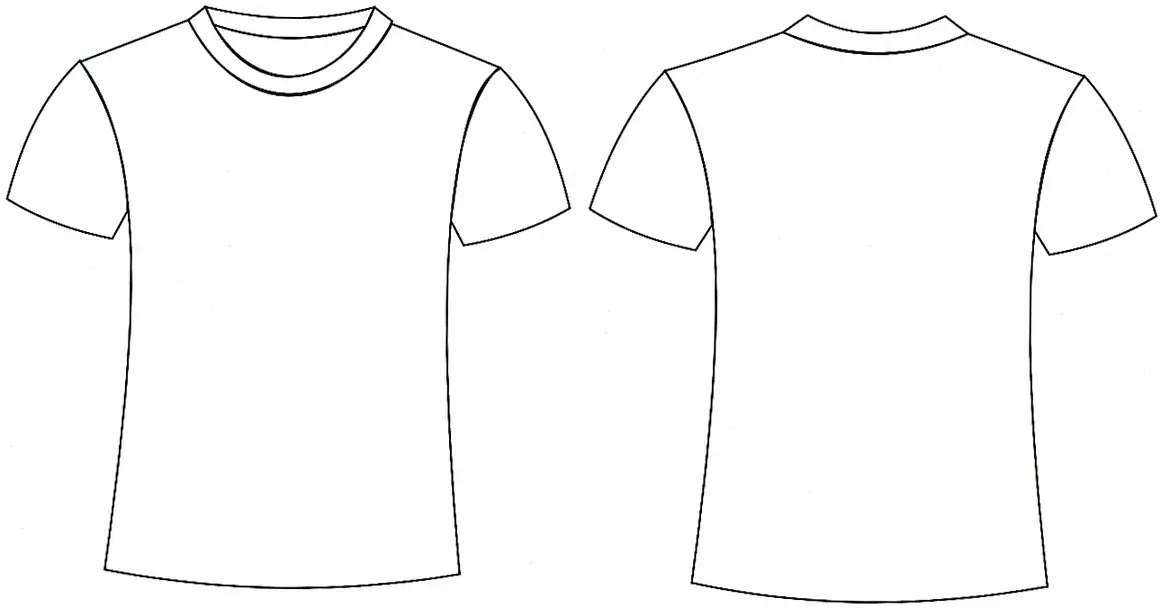
Conclusion and Call to Action
Sourcing China made custom T-shirts offers tremendous opportunities for businesses of all sizes when approached strategically. From selecting the right manufacturer to implementing quality control and effective marketing, each step contributes to success. The key is balancing cost, quality, and ethical considerations while staying attuned to evolving trends.
Ready to explore your options? Start by requesting samples from 2-3 GRA-certified manufacturers, clearly communicating your specifications. Many offer free design consultations to help bring your vision to life. Whether you need 50 pieces for a local event or 50,000 for a nationwide campaign, China's custom apparel industry has solutions to meet your needs and budget.
FAQ About China Made Custom T-Shirts
What's the typical lead time for custom T-shirts from China?
Standard production takes 15-25 days after sample approval, plus shipping (5-7 days by air, 30-45 by sea). Rush services are available at a 20-30% premium for 10-day turnaround.
How do I verify a Chinese T-shirt manufacturer's reliability?
Check for business licenses, request factory photos/videos, order samples, and verify certifications like GRA or BSCI. Third-party inspection reports from companies like SGS provide additional assurance.
What's the minimum order quantity for custom T-shirts in China?
MOQs vary from 50-100 pieces for sample orders to 500 for full production. Some suppliers offer no-MOQ options with higher per-unit costs for testing designs.
Are there extra costs beyond the quoted price per shirt?
Potential additional costs include: shipping, import duties (varies by country), custom clearance fees (2-5% of order value), and payment processing fees (1-3% for international transfers).
What file formats do Chinese manufacturers need for printing?
Vector files (AI, EPS) are ideal for logos. High-resolution PNG (300dpi ) works for complex designs. Always include Pantone colors and specify print dimensions in centimeters.
Can I get organic cotton custom T-shirts from China?
Yes, many Chinese suppliers offer GOTS-certified organic cotton, typically at a 20-30% premium over conventional cotton. Request certification documents to verify claims.
How do I handle returns or defects with China-made custom T-shirts?
Reputable suppliers typically replace defective items (usually up to 5% of order) at their cost. For major issues, quality inspection before shipment is crucial. Consider product liability insurance for large orders.
